Discussions about how one can experience true growth as a photographer too often dwell on one area (such as technical proficiency) and minimize everything else, or miss the point entirely (like suggesting that one’s choice of camera matters more than it really does), which is unfortunate.
It’s not that gear choices and technical skill are totally irrelevant — those things do play a role in shaping any photographer’s output. But I believe there is something more fundamental to the quest for creative growth — you have to push yourself.
Taken at face value, the call to “push yourself” is empty. What does it mean, exactly, to push yourself? It can mean different things to different people, but if you are someone who is in search of a way to reach the next level with your photography, here are four ideas about how to push yourself creatively.
Embrace Limitations
Setting limitations for yourself will force you to think and act more creatively.
- Spend a day (or a week or longer) using only one camera and one prime lens. This will help you rethink how you compose your shots.
- Limit the number of shots you take in any given location. You should have a shot list in mind (perhaps five or six shots) ahead of time so that when you arrive at the location you can seek out your shots. This will help you refine your subject selection process and cut down on wasted time.
- Use a fully manual film camera. The fully manual shooting experience will help you learn to read light and enhance your understanding of exposure. Furthermore, the cost-per-frame aspect of using film will instill in you an appreciation for every photo you make. That appreciation will carry over when you return to your digital camera.
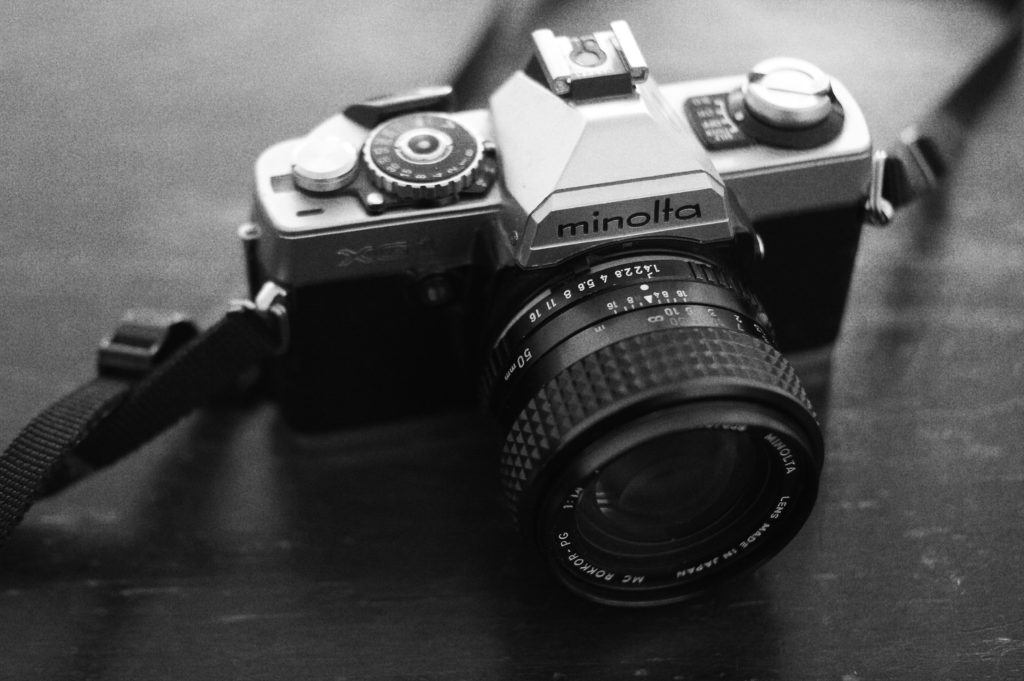
Shoot In Less Than Ideal Conditions
We all have perceptions of what ideal shooting conditions are for just about everything we photograph. Landscapes are best at golden hour, cityscapes are best at blue hour, overcast days are perfect for natural light portraits.
When you break out of those confines you open up so many more possibilities for yourself. There’s no reason you can’t shoot landscapes on cloudy days or portraits at midday. Photograph cityscapes when it’s raining. Do street photography at night.
Deliberately doing the opposite of what is widely considered to be the ideal not only fortifies your creativity, it also provides you with the right skills should you ever unexpectedly encounter less than ideal shooting conditions.
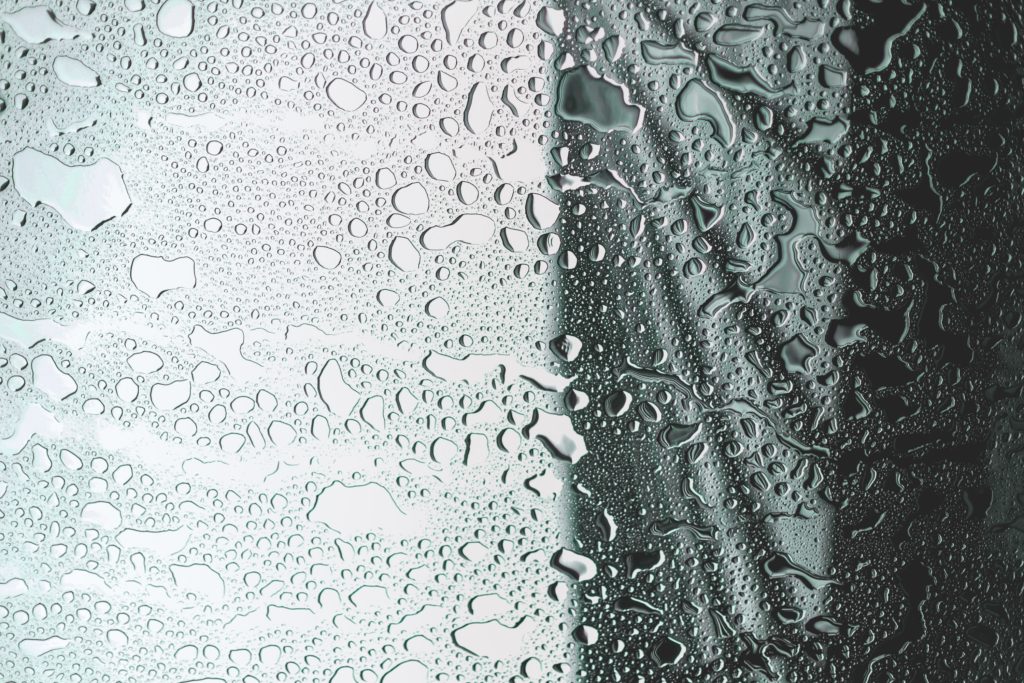
Don’t Do Any Post-Production
This isn’t something I’d ever recommend you stick to long-term, but as an exercise, it can be rather enlightening to temporarily swear off of post-production, especially if you’re someone who regularly says to yourself, “I’ll just fix it in post.”
Photo editing applications exist primarily to enhance an already good image. Using post-production to make up for bad/lazy technique is a crutch that you should never get into the habit of leaning on.
This means you’ll have to crop in camera, you’ll have to nail exposure, you’ll need to ensure white balance is on point, etc.
Post-production is an important part of the whole photo making process — I’m in no way anti-post-production. But the more you can get right in camera, the less time you have to spend in front of a computer screen, potentially freeing up more time for you to do some actual photography.
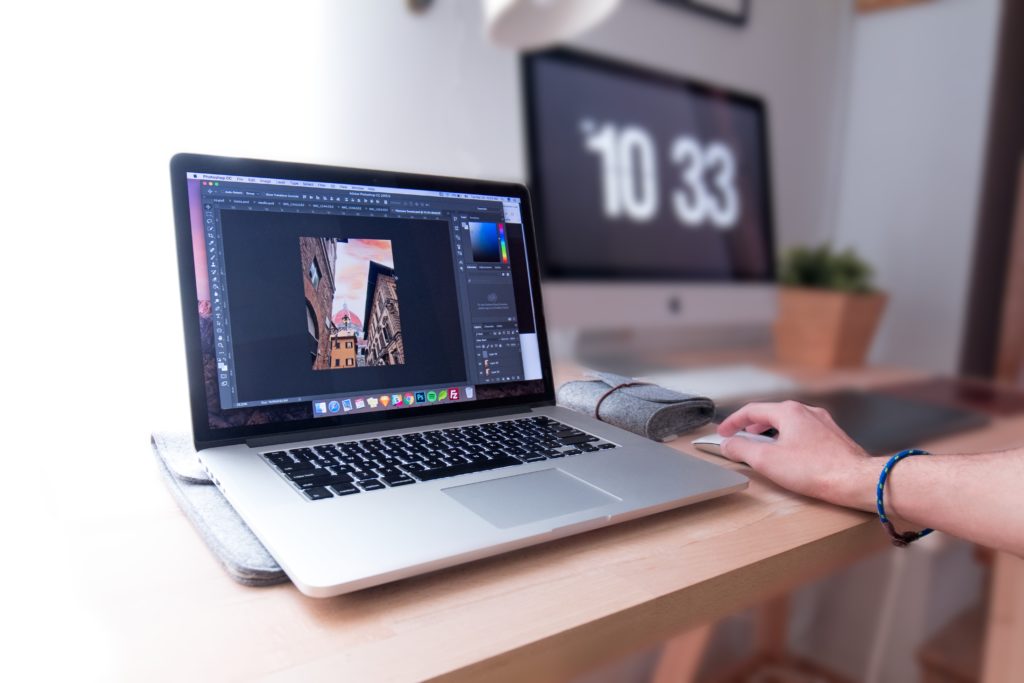
Step Out Of Your Comfort Zone
Every photographer has something that frustrates them or causes some level of anxiety. Whatever that thing is, do that. Whether it’s low light photography or photographing people or shooting in manual mode, make a calculated effort to engage in the very type of photography that makes you break out in a cold sweat.
Even if you don’t return to that kind of photography on a regular basis, you can feel good knowing you’ve cleared a hurdle and have acquired a new skill that may very well come in handy in the future.
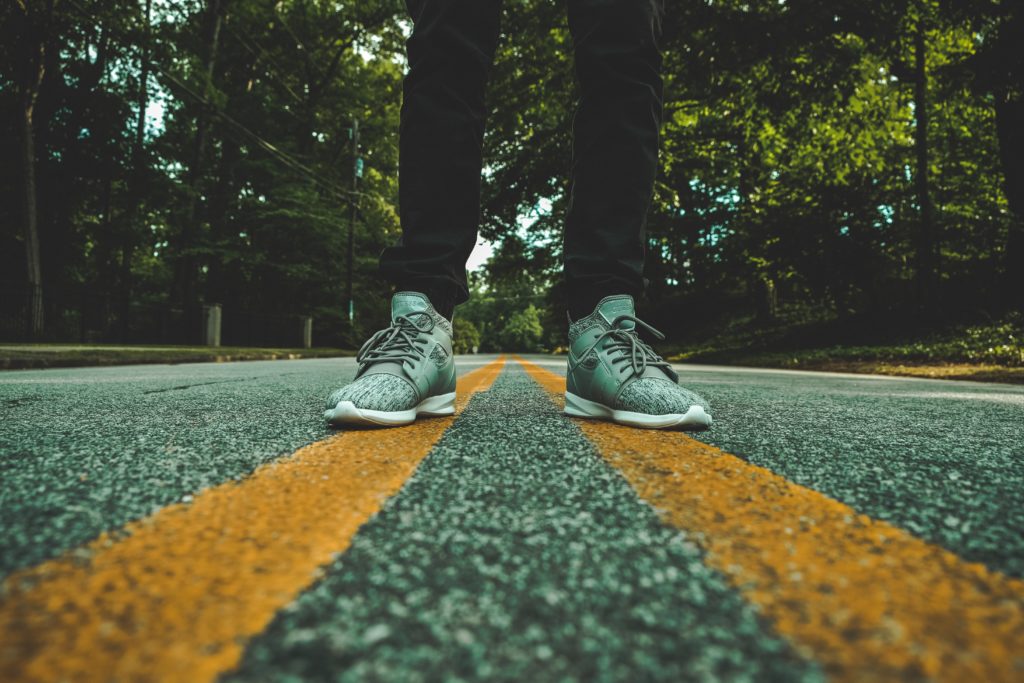
Final Thoughts
As you can see, pushing the boundaries of where you currently are in your creative journey. Removing the safety net you’ve put in place for yourself is, indeed, scary but you know the old saying, “nothing ventured, nothing gained.”
Go out and shoot boldly.
Further Reading
- Don’t Let Creativity Overload Kill Your Photography
- 7 Photography Exercises That Will Give Your Creativity A Boost
- 10 Photography Links To Enhance Your Creativity
- Are Clicks Destroying Creativity? Or Why Do All Popular Instagram Accounts Look Alike?
- Improve Your Photography Composition: 5 Free E-Books to Inspire Your Vision And Creativity

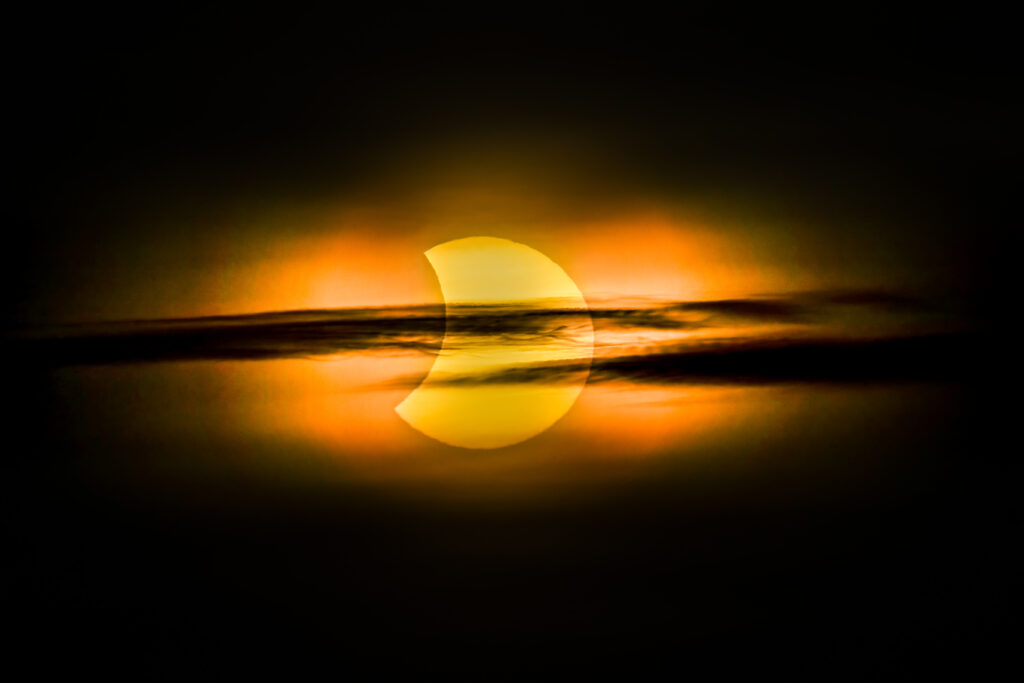
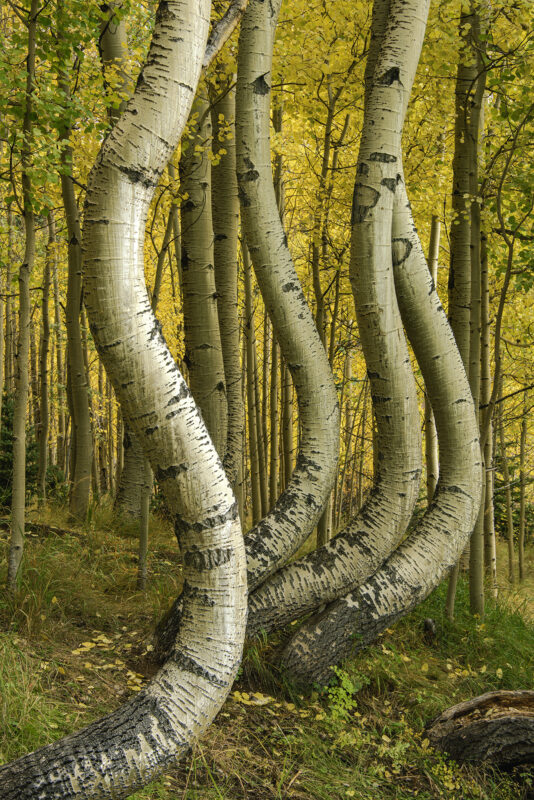
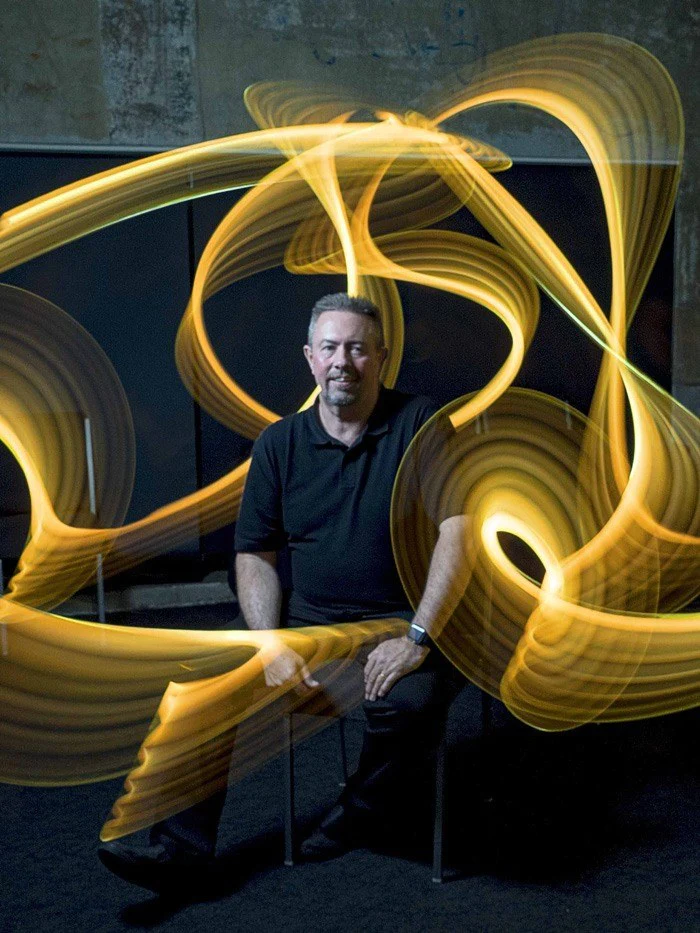
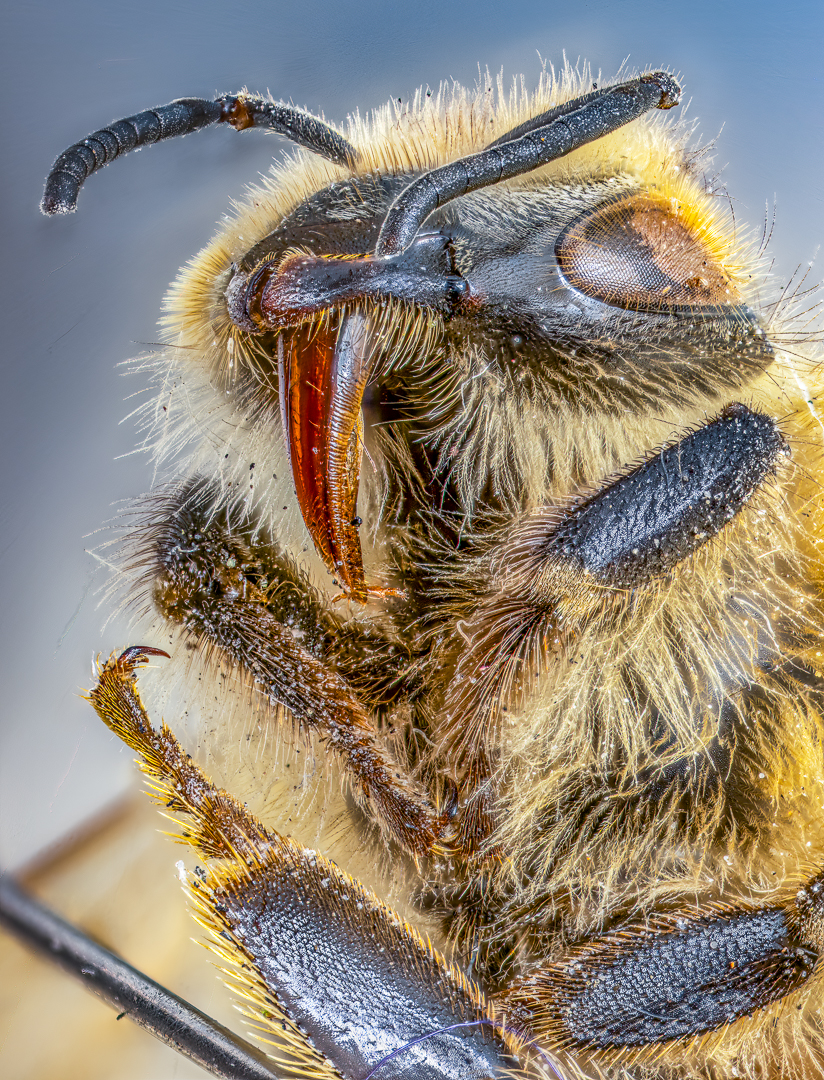
1 Comment
What should I say. Amazing ideas are in Embrace Limitations. How can a photographer work with a camera and a simple prime lens? And what about manual camera. sorry to say its really difficult! 🙁